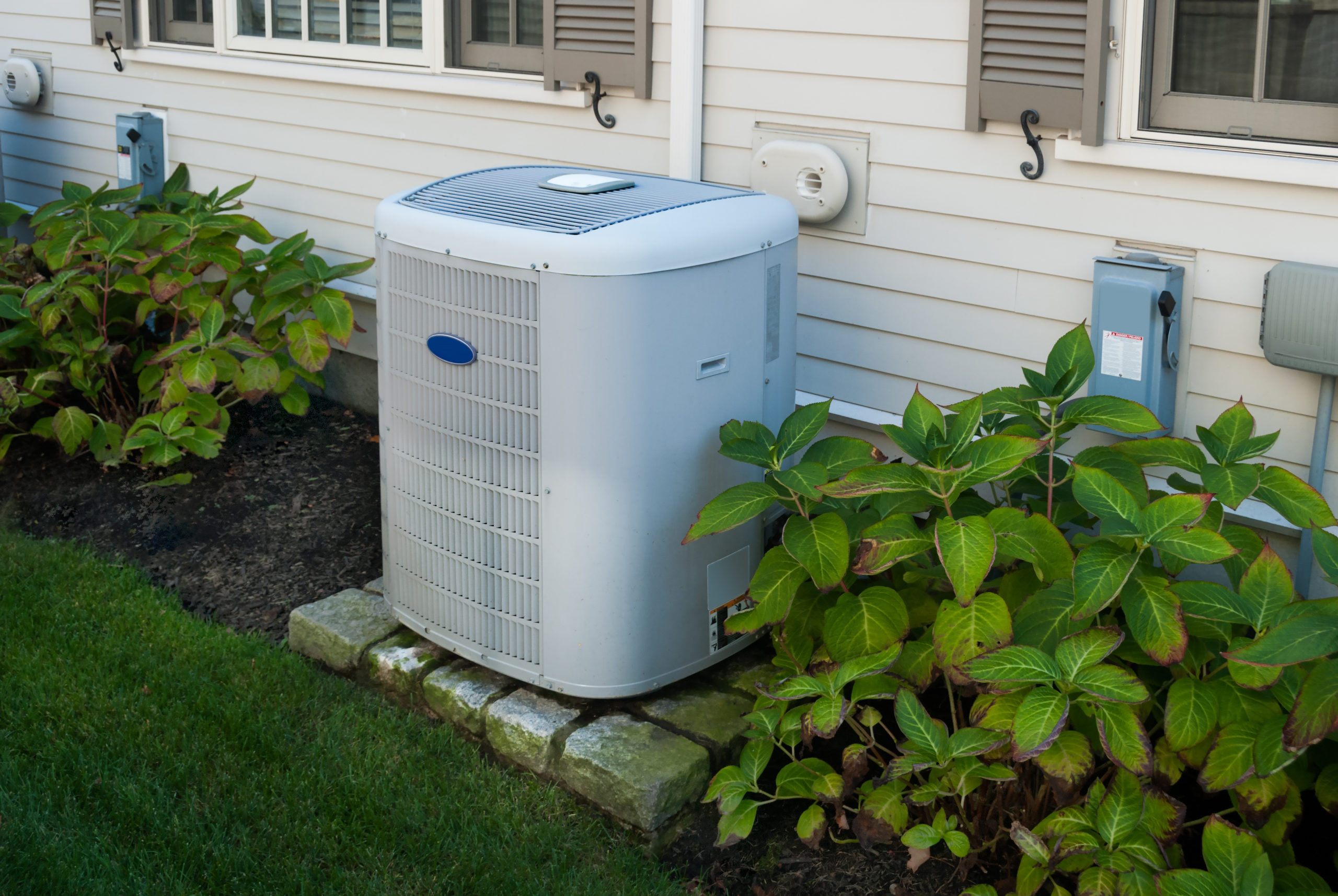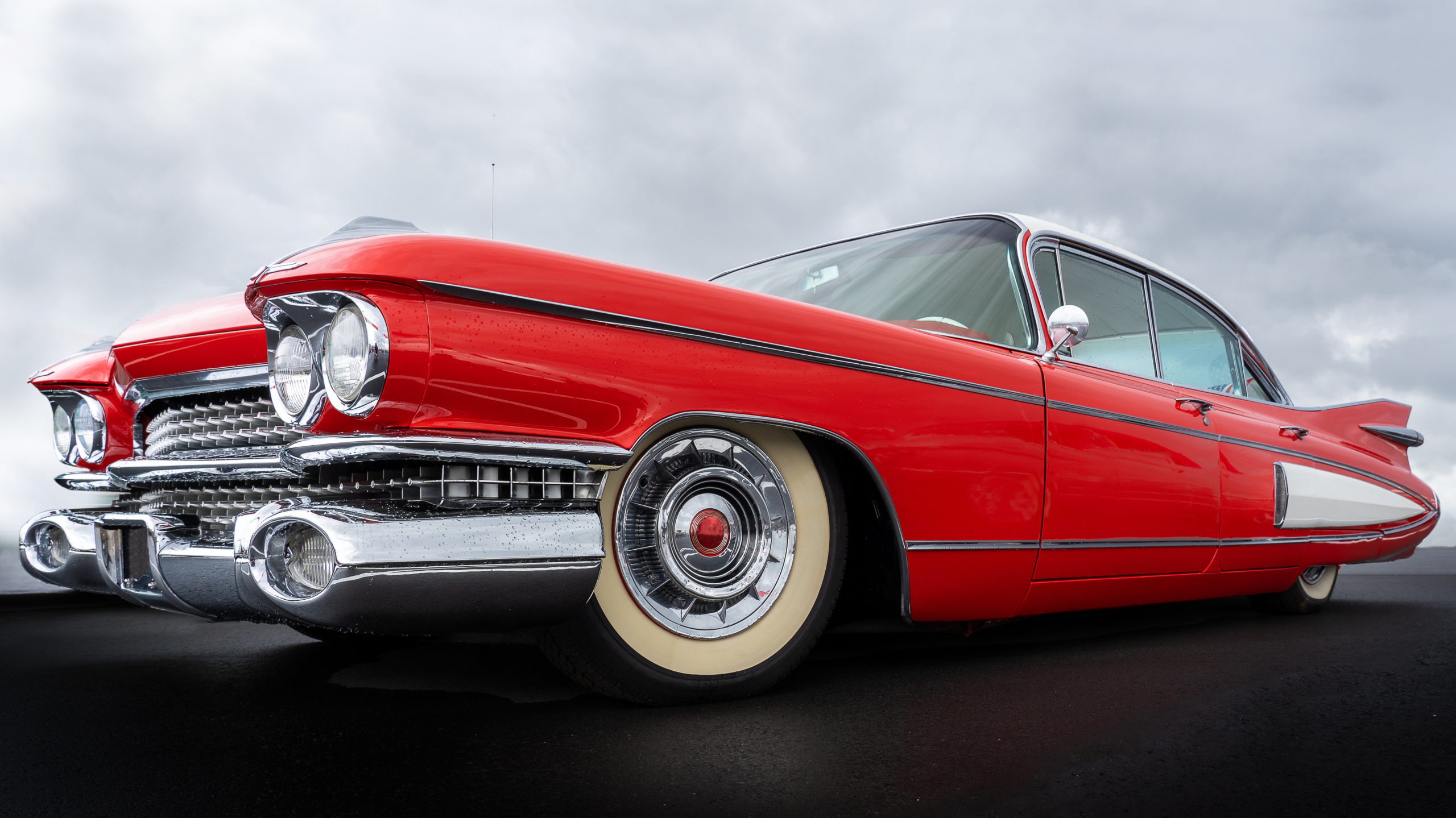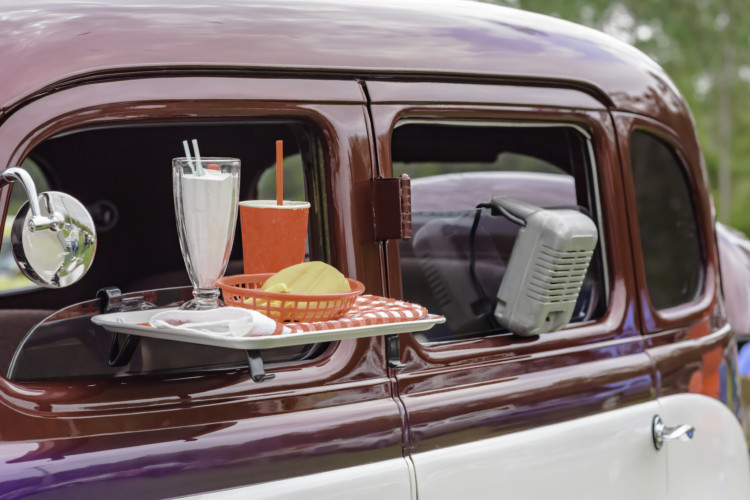 Tired of being cooped up in your house and want a safe but wonderful daytrip? Here are 10 amazing destinations you can go to that can renew your energy, spirit, and life!
Tired of being cooped up in your house and want a safe but wonderful daytrip? Here are 10 amazing destinations you can go to that can renew your energy, spirit, and life!
4235 Rambler Avenue, St. Cloud 34772
(407) 719-6269
Home to over 100 exotic animals this animal preserve gives private tours…just you and your group! There are many photo opportunities and hands-on encounters during this tour.
24050 SW 8th Street, Miami 33194
(305)242-7700
Take an airboat through the Everglades and adventure with the alligators, birds, and turtles. This trip includes a wildlife show where guests see alligator wrestling techniques that were used by Native Americans. It even gives visitors a chance to hold a baby alligator!
100 Savannah Blvd., Micanopy 32667
(352) 466-3397
Florida’s first State Preserve, this wonderful park features herds of wild horses and bison. Nearly 300 species of birds can also be found along with the alligators, deer, and many other animals.
907 Whitehead Street, Key West 33040
Go for a walk through the peaceful studio, home, and gardens where the late Nobel Prize victor, Ernest Hemingway, was inspired to compose books during his most prolific years. You’ll likewise observe living relatives of the incredible unique six-toed felines!
18730 W. Newberry Road, Newberry 32669
(352) 472-1142
Spend a day with farm life as it was more than a century ago: guests participate! There’s birding, geo-seeking, hiking, wildlife viewing, and much more!
Tarpon Springs
Come to the Sponge Capital of the World and see the Sponge Docks! Learn how living sponges are harvested from the ocean. Restaurants are expanded into parking lots and shops have outdoor displays. The Greek Food is out of this world!
1920 N. Forest Ave., Orlando 32803
(407) 246-2620
Investigate an astounding 50-acre botanical garden minutes from Downtown Orlando. Each garden is planned to inspire our guests. These gardens include over 40 collections, including a tropical rain forest, Florida’s largest formal rose garden, a butterfly garden, and much more!
5401 Bay Shore Road, Sarasota 34243
941-359-5700
The Ringling consists of more than one museum: Circus, Art, Ca’D’Zan, the Historic Asolo Theatre, Bayfront Gardens, and an Education Center. While some parts of the Museum are currently closed, there is still plenty to do and see!
4150 South Suncoast Blvd., Homosassa, FL 34446
352-628-5343
Enjoy the wild side of Florida while you visit an endangered Florida panther, red wolves, manatees, and much more. Homosassa Springs takes care of these animals who each have a unique life story.
4200 Johnston Rd., Fort Pierce 34951
(772) 460-0500
Come experience a winery like no other anywhere! Decades of growing experience mixed with years of vineyard planning and development make this a destination spot for wine lovers everywhere!
 WE now have 3 different time slots to help minimize the crowd and to practice social distancing. Please select the time that your prefer. Masks are required. We have a supply in case you need one. Guest will be required to wear a face masks and gloves will be provided. If an item is touched, but not purchased, we ask guests to place the item on a table to be sanitized.
WE now have 3 different time slots to help minimize the crowd and to practice social distancing. Please select the time that your prefer. Masks are required. We have a supply in case you need one. Guest will be required to wear a face masks and gloves will be provided. If an item is touched, but not purchased, we ask guests to place the item on a table to be sanitized.
 What are the world’s most expensive golf carts?
What are the world’s most expensive golf carts? School supply shopping is an experience for you and your youngster, but on the other hand it can be quite a chore. New is fun—fresh starts, new teachers, new friends, new clothes, new shoes, new school supplies, new lunch boxes, and new backpacks.
School supply shopping is an experience for you and your youngster, but on the other hand it can be quite a chore. New is fun—fresh starts, new teachers, new friends, new clothes, new shoes, new school supplies, new lunch boxes, and new backpacks. Knowing which air conditioner to buy for a room requires some knowledge as to the size and use of the room. The size of the room, for instance, will tell the retailer how many BTUs (British Thermal Units) your air conditioner should have. These BTUs are affected by the number of people using the room and also by the amount of sun or shade that the room enjoys.
Knowing which air conditioner to buy for a room requires some knowledge as to the size and use of the room. The size of the room, for instance, will tell the retailer how many BTUs (British Thermal Units) your air conditioner should have. These BTUs are affected by the number of people using the room and also by the amount of sun or shade that the room enjoys. If your vehicle’s AC has has lost its ability to keep you cool, it may simply need a recharge of refrigerant. With a few items from any auto parts store, you should be able to do it yourself.
If your vehicle’s AC has has lost its ability to keep you cool, it may simply need a recharge of refrigerant. With a few items from any auto parts store, you should be able to do it yourself. Every day we hear reports of people successfully selling stuff on our websites. But occasionally we also hear about scammers who surf the classifieds to find potential dupes. The most common type of scam starts out when an overseas or out-of-area buyer pays by cashier’s check (usually for more than the amount of the item) and then requests the balance of the funds via wire transfer. The checks are counterfeit. But before the bank finds out — which can take several days or weeks — the unsuspecting seller has wired hundreds or thousands of dollars to Nigeria or some other distant land, far beyond the reach of local law enforcement.
Every day we hear reports of people successfully selling stuff on our websites. But occasionally we also hear about scammers who surf the classifieds to find potential dupes. The most common type of scam starts out when an overseas or out-of-area buyer pays by cashier’s check (usually for more than the amount of the item) and then requests the balance of the funds via wire transfer. The checks are counterfeit. But before the bank finds out — which can take several days or weeks — the unsuspecting seller has wired hundreds or thousands of dollars to Nigeria or some other distant land, far beyond the reach of local law enforcement. Tired of being cooped up in your house and want a safe but wonderful daytrip? Here are 10 amazing destinations you can go to that can renew your energy, spirit, and life!
Tired of being cooped up in your house and want a safe but wonderful daytrip? Here are 10 amazing destinations you can go to that can renew your energy, spirit, and life!

 Do you remember going to the drive-in movies? They were a big thing once…and they are coming back!
Do you remember going to the drive-in movies? They were a big thing once…and they are coming back!
 Looking for a job is the easiest part of the process. Our classifieds offer several pages devoted to listing vacant job positions. Being well-prepared, though, is a little more demanding. There will probably be a lot of competition for the job, and you will need to find ways to be better-prepared than most.
Looking for a job is the easiest part of the process. Our classifieds offer several pages devoted to listing vacant job positions. Being well-prepared, though, is a little more demanding. There will probably be a lot of competition for the job, and you will need to find ways to be better-prepared than most.
 Look for Adult Pets
Look for Adult Pets